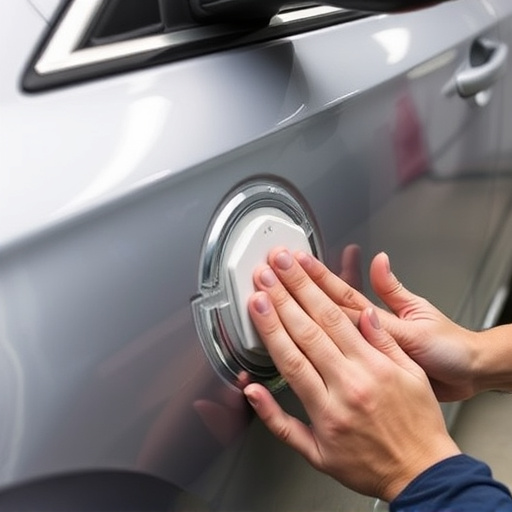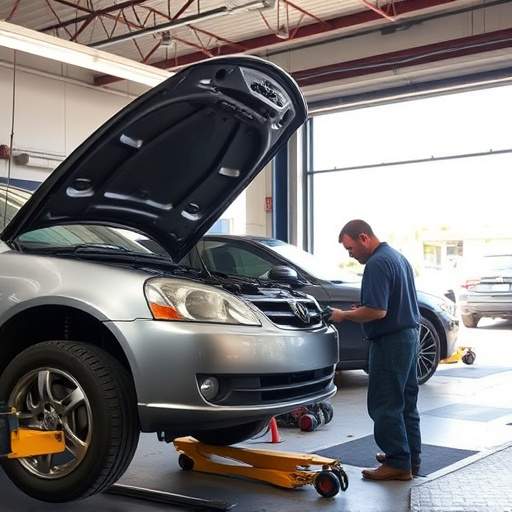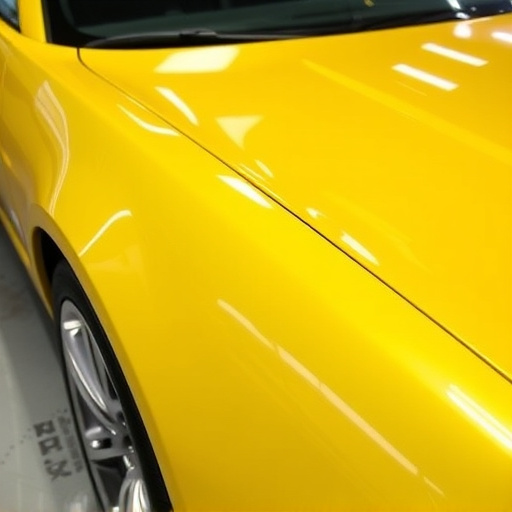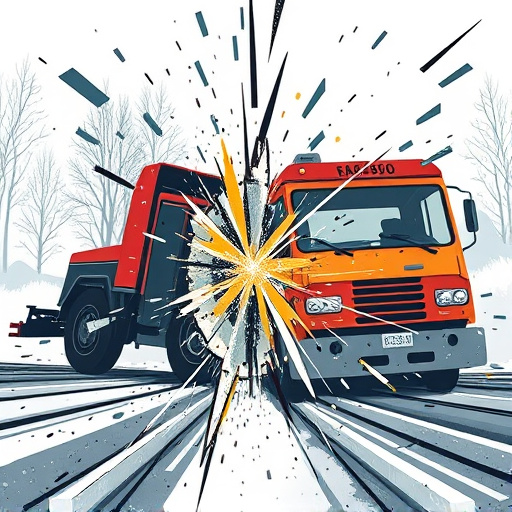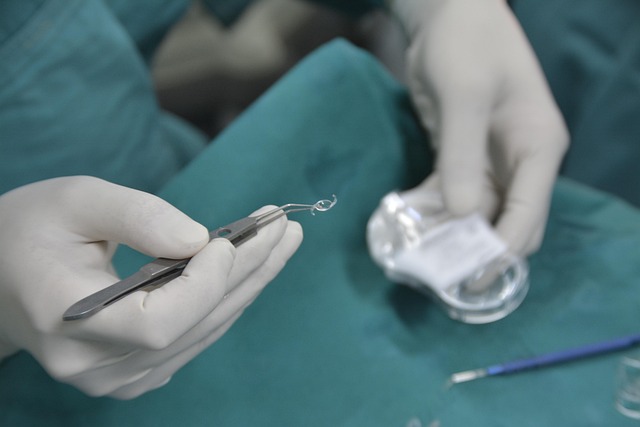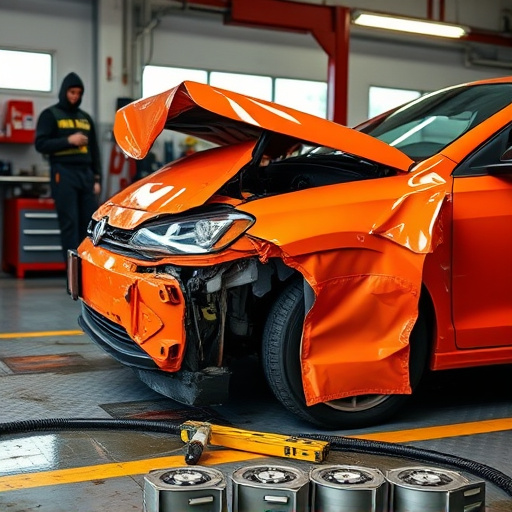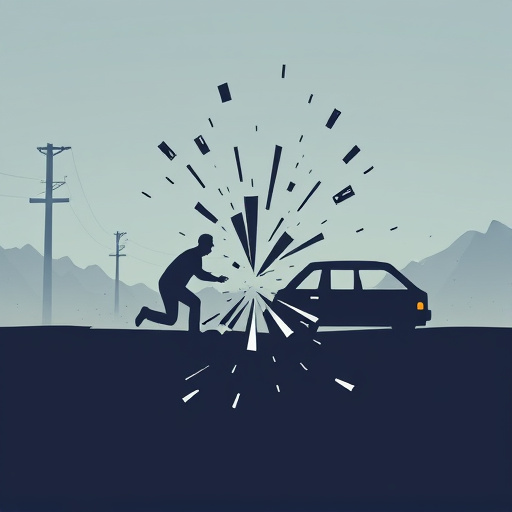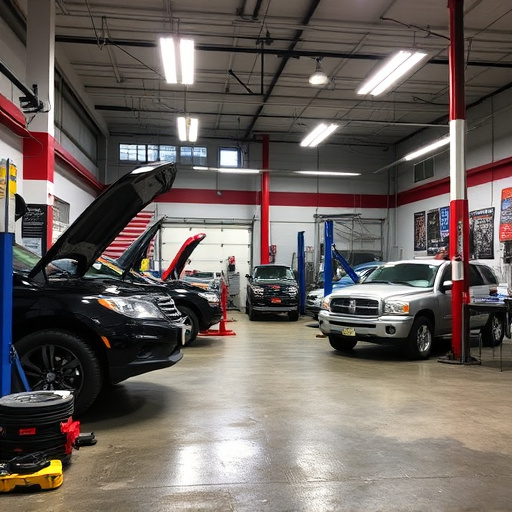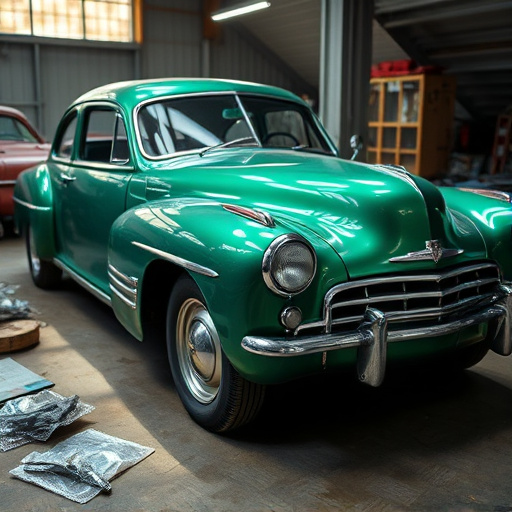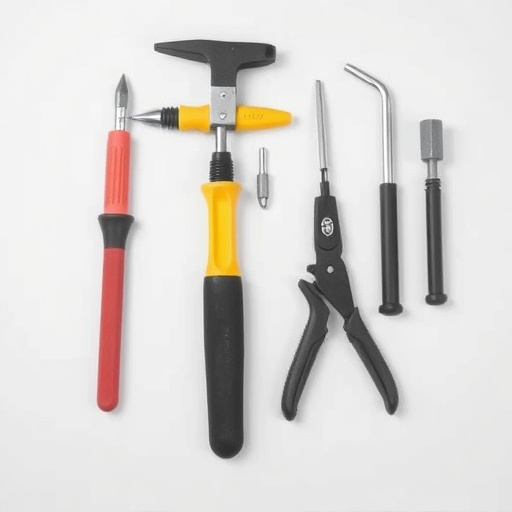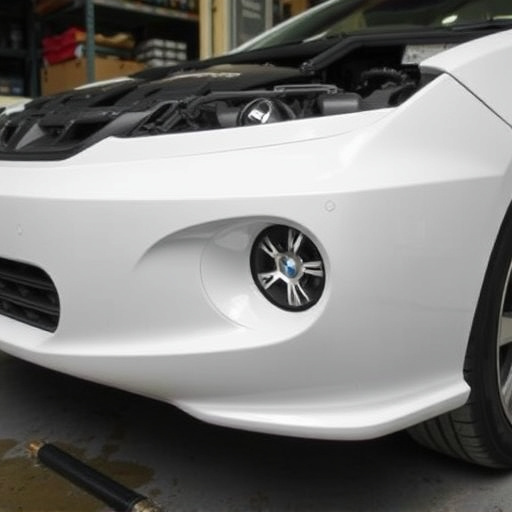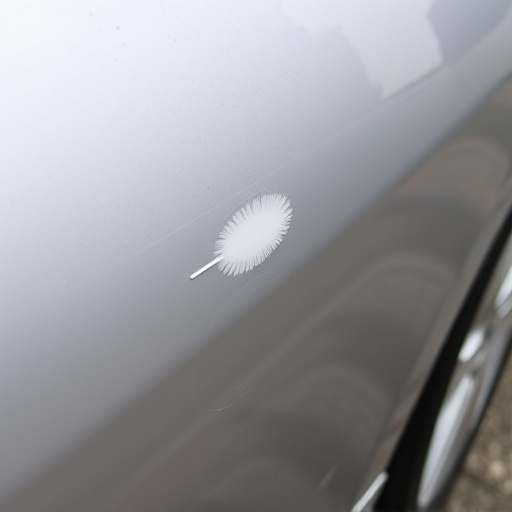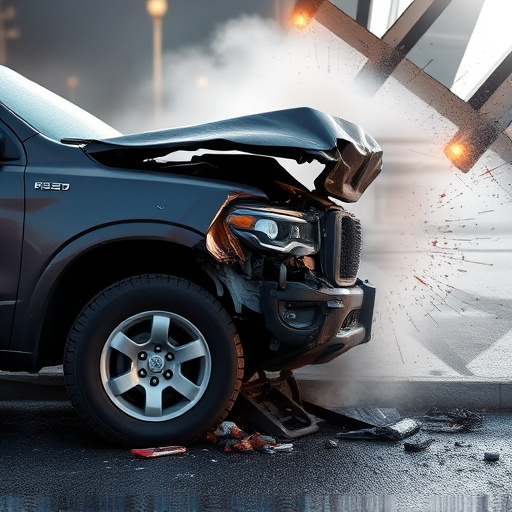District collision repair shops are transitioning to eco-friendly paint systems to meet consumer demand and regulatory standards. This shift reduces environmental impact through lower VOC emissions, less waste, and non-toxic chemicals, while attracting environmentally conscious customers. Advanced technologies and training ensure precision and quality repairs for a diverse vehicle range, including electric vehicles.
In today’s market, district collision repair shops are transforming to meet evolving demands and environmental considerations. This article explores the emerging trends in district collision repair, with a focus on the adoption of eco-friendly paint systems. We delve into the latest technologies that not only reduce environmental impact but also enhance repair quality. Additionally, we provide implementation strategies for businesses aiming to embrace these sustainable practices, highlighting the benefits for both shops and the planet.
- Understanding District Collision Repair Trends
- The Rise of Eco-Friendly Paint Technologies
- Benefits and Implementation Strategies
Understanding District Collision Repair Trends
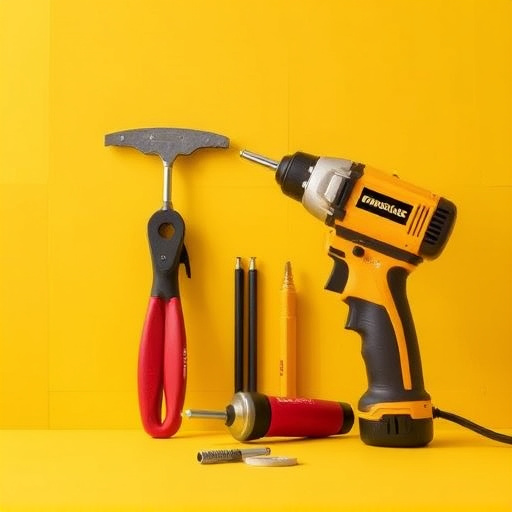
In the dynamic landscape of district collision repair, trends are constantly evolving to meet the changing demands of drivers and the automotive industry. Today’s collision repair shops are no longer just fixing damage; they’re also focusing on sustainability and eco-friendly practices. This shift is driven by a growing awareness of environmental impact and consumer preferences for green solutions. The use of eco-friendly paint systems, for instance, has gained significant traction as a means to reduce the carbon footprint associated with traditional painting processes.
As the market diversifies with electric vehicles and more complex vehicle bodywork designs, collision repair shops are adapting by investing in advanced technologies and training. This includes specialized tools for luxury vehicle repair, ensuring precision and quality in every fix. The trend towards district collision repair is not just about fixing cars; it’s about fostering a sustainable and efficient automotive ecosystem that caters to the needs of all vehicles, from everyday commuter cars to high-end luxury models.
The Rise of Eco-Friendly Paint Technologies
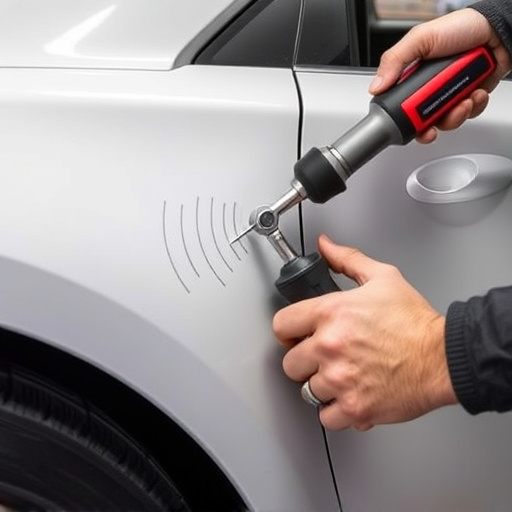
In recent years, the automotive industry has witnessed a significant shift towards eco-friendly practices, and district collision repair shops are at the forefront of this movement. The rise of environmentally conscious consumers and stricter regulatory standards have prompted a surge in the development of sustainable paint technologies. Traditional automotive paints contain volatile organic compounds (VOCs) that contribute to air pollution and greenhouse gas emissions. However, modern eco-friendly paint systems offer a compelling alternative by reducing these harmful effects while maintaining superior performance.
These innovative paints are designed with advanced formulations, utilizing water-based or bio-based ingredients, which minimize the release of toxic chemicals. As a result, district collision repair centers adopting these technologies not only contribute to cleaner air but also appeal to environmentally aware customers. Moreover, eco-friendly paint systems provide long-lasting durability and excellent coverage, ensuring that vehicles not only look good as new but also remain protective against future elements, including hail damage repair and tire services.
Benefits and Implementation Strategies

In the realm of district collision repair, embracing eco-friendly paint systems presents a multitude of benefits both for the environment and the businesses offering such services. These systems offer reduced emissions, less waste generation, and the use of non-toxic chemicals, aligning with the growing demand for sustainable practices in the auto industry. Moreover, they contribute to improved indoor air quality in repair shops, enhancing the well-being of employees and reducing potential health risks associated with traditional paint materials.
Implementing eco-friendly paint systems requires strategic planning and a step-by-step approach. For auto repair near me or car repair services businesses, this process starts with selecting low-VOC (Volatile Organic Compound) paints certified by reputable environmental agencies. Next, investing in well-ventilated workshops and state-of-the-art filtration systems ensures optimal paint application conditions while minimizing environmental impact. Training staff on the safe handling, disposal, and recycling of materials is also crucial. By integrating these strategies, district collision repair businesses can not only embrace sustainability but also stand out as providers of environmentally conscious autobody repairs, appealing to a growing segment of eco-conscious consumers.
District collision repair is evolving with a growing demand for eco-friendly paint systems. The rise of sustainable technologies offers significant benefits, including reduced environmental impact, cost savings, and improved customer satisfaction. By adopting these innovative solutions, collision repair facilities can stay competitive in the market while contributing to a greener future. Implementing eco-friendly paint systems requires strategic planning, training, and collaboration with suppliers, but the long-term advantages make it a smart choice for district collision repair businesses.
